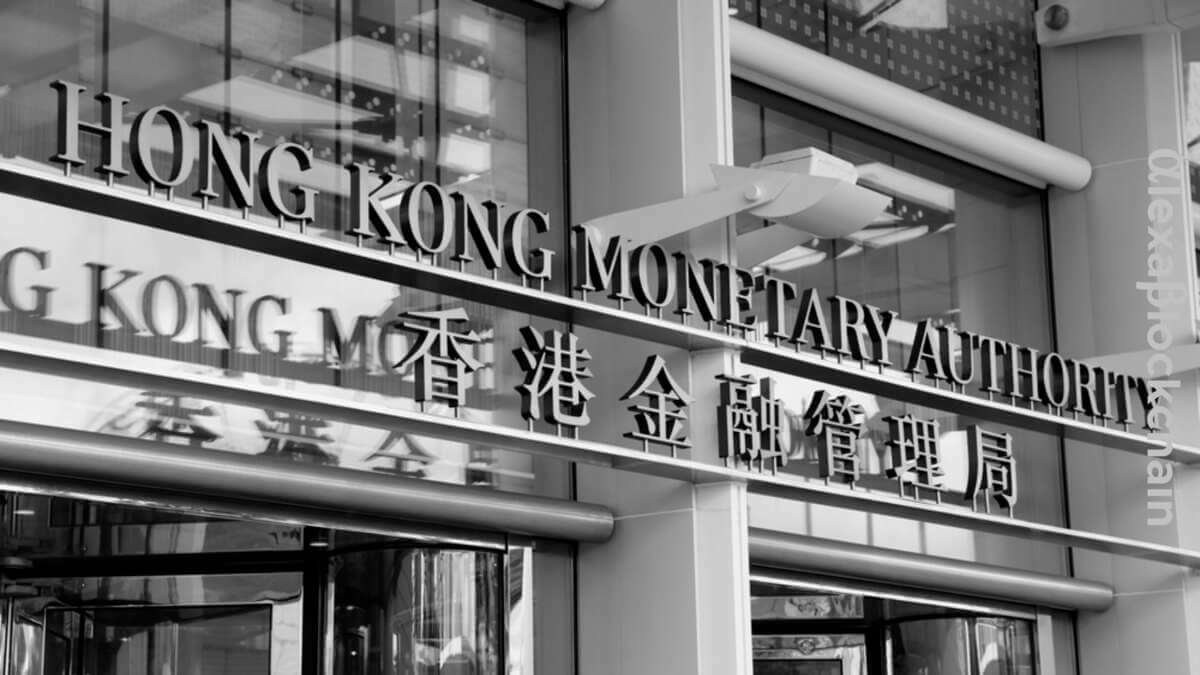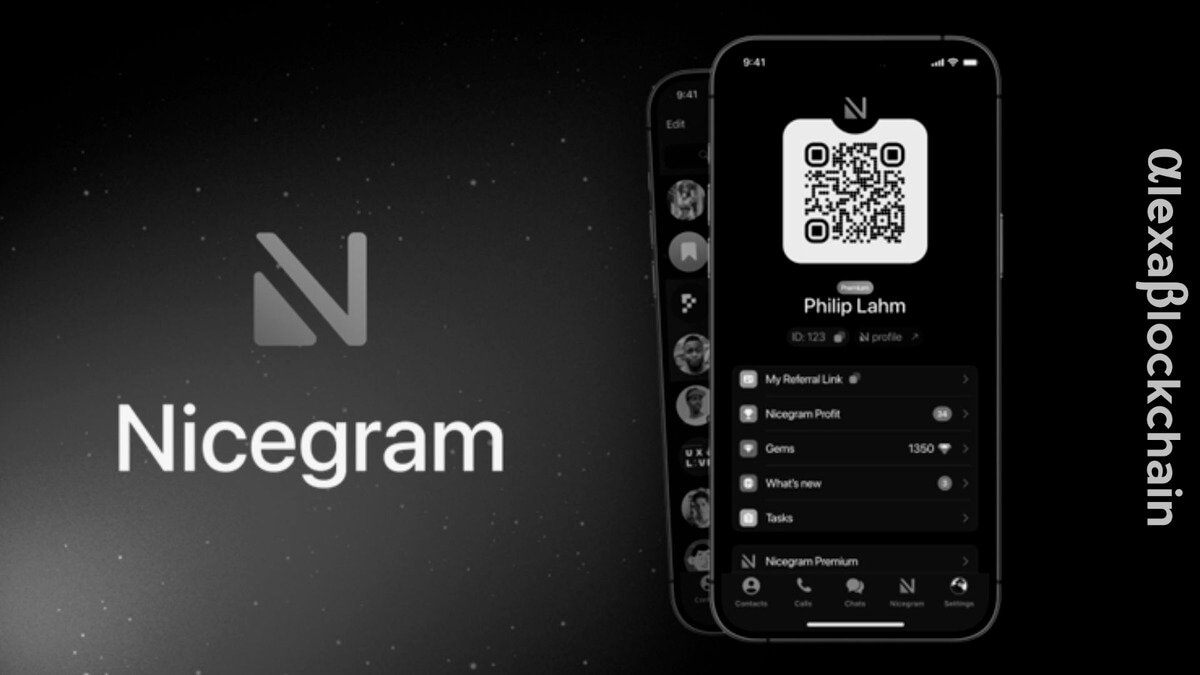HKMA’s new guidelines for cryptocurrency custody services focus on risk management, segregation of customer assets.

As an important move to strengthen the security and governance of digital asset management services, Hong Kong Monetary Authority (HKMA) On February 20, 2024, we published a comprehensive set of guidance for banks and financial institutions authorized to hold digital assets on behalf of their customers. The guidance represents a pivotal step in regulatory oversight of the burgeoning cryptocurrency sector, in line with global efforts to bring digital asset activities within the bounds of established financial controls and standards.
The newly issued guidance covers a wide range of digital assets, including cryptocurrencies, tokenized securities, and other forms of tokenized assets, and excludes proprietary assets held by the institutions themselves. These comments highlight, among other things, the HKMA’s focus on protecting customer assets.
A closer look at the instructions
The HKMA’s guidelines are built on a number of fundamental principles, including governance, risk management, segregation of customer assets, digital asset protection, delegation and outsourcing, disclosure, record keeping, anti-money laundering (AML) and financing compliance. Counter-Terrorism (CFT) Standards. Each of these areas addresses key challenges and risks associated with storing digital assets, from the technical nuances of digital token security to the legal complexities of asset segregation and customer protection.
Governance and Risk Management
Central to the HKMA guidelines is the requirement for a thorough risk assessment before initiating custody services for digital assets. Institutions should implement strong policies, procedures and controls to mitigate identified risks, with a focus on effective oversight by the board and senior management. This allows you to continuously manage and mitigate risks associated with your management activities.
Segregation and protection of customer digital assets
An important provision of the guidelines is the strict separation of customer digital assets from the institution’s own assets, protecting them from claims by the institution’s creditors in an insolvency scenario. Additionally, the guidelines stipulate strict controls to prevent misuse of customer assets, such as unauthorized lending or pledging assets.
Use of protective measures and technologies
Institutions must adopt state-of-the-art systems and controls to protect their customers’ digital assets and minimize risks such as theft, fraud, or other forms of misappropriation. The guidance advocates a risk-based approach to deployed technologies and controls, reflecting the diverse nature and risk profile of different digital assets.
Outsourcing and Delegation
The HKMA allows the outsourcing or delegation of management services, but only under strict conditions that ensure that the delegate or service provider meets high levels of security, operational resilience and compliance. This is especially important as digital asset technologies and threats evolve rapidly.
Transparency and client protection
A key theme of the HKMA guidelines is the emphasis on transparency and customer protection. Institutions must provide clear and comprehensive disclosures to clients regarding their management agreements, including rights, obligations, risks, and procedures for depositing and withdrawing digital assets. This transparency is critical to building trust in digital asset trading and management services.
AML/CFT compliance
AML/CFT compliance remains a top concern, and the HKMA is directing agencies to ensure policies and procedures are in place to effectively manage and mitigate the money laundering and terrorist financing risks associated with digital asset management activities.
Cryptocurrency storage regulations vary greatly around the world.
The regulatory environment for cryptocurrency storage varies widely across the world, reflecting a variety of approaches ranging from strict supervision to a laissez-faire stance depending on the jurisdiction’s stance on digital assets. The latest guidance issued by the Central Bank of Hong Kong focuses on risk management, customer asset segregation, and comprehensive governance for companies providing digital asset management services. The move signals a growing trend to formalize oversight of digital asset activity, particularly in major financial hubs.
Implications for the financial sector and digital asset markets
The HKMA’s guidance represents an important step forward in the digital asset regulatory environment, which aims to create a more secure and resilient digital asset ecosystem. By setting clear standards for digital asset management, the HKMA not only enhances the security of customer assets, but also strengthens the legitimacy and stability of the digital asset market.
For accredited institutions, the guidance presents both challenges and opportunities. The comprehensive nature of the requirements means that institutions must invest in sophisticated technology, processes, and expertise to comply. However, these investments could pay dividends by establishing these institutions as trusted custodians in the digital asset space, potentially attracting more customers looking for safe and regulated services.
As the digital asset market continues to evolve, the HKMA’s guidance is a timely intervention that balances the need for innovation with the need for customer protection and market integrity. This regulatory framework could serve as a model for other jurisdictions grappling with the complexities of digital asset management and signal a move toward more harmonized global standards in the digital age.
Also read: How to keep your cryptocurrency holdings safe?



